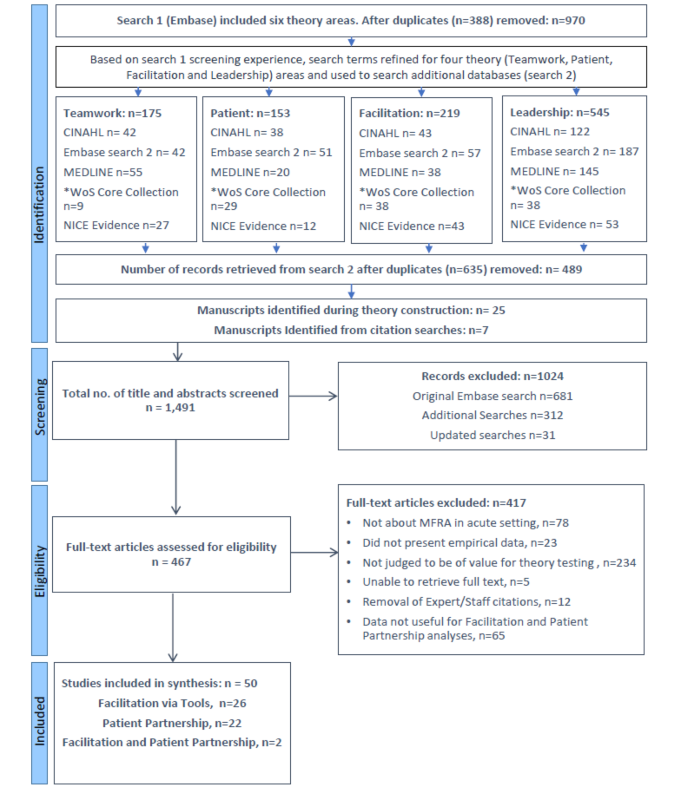Some Known Details About Dementia Fall Risk
Some Known Details About Dementia Fall Risk
Blog Article
The Main Principles Of Dementia Fall Risk
Table of ContentsHow Dementia Fall Risk can Save You Time, Stress, and Money.The Greatest Guide To Dementia Fall RiskWhat Does Dementia Fall Risk Do?Some Known Details About Dementia Fall Risk What Does Dementia Fall Risk Mean?
The FRAT has 3 sections: drop risk status, threat element list, and activity plan. A Loss Risk Condition consists of data regarding background of recent drops, drugs, psychological and cognitive condition of the person - Dementia Fall Risk.If the patient scores on a risk element, the equivalent number of factors are counted to the patient's autumn danger rating in the box to the much. If a client's autumn threat score completes 5 or higher, the person is at high danger for drops. If the person scores only four points or reduced, they are still at some threat of dropping, and the nurse must utilize their ideal clinical evaluation to handle all autumn danger variables as part of an alternative treatment strategy.
These conventional techniques, in general, aid establish a safe setting that minimizes unintentional drops and defines core preventive actions for all individuals. Indications are essential for patients at threat for falls.
The 45-Second Trick For Dementia Fall Risk
Wristbands need to consist of the patient's last and first name, date of birth, and NHS number in the UK. Only red color must be made use of to signal special client condition.
Things that are also much might need the patient to connect or ambulate needlessly and can possibly be a threat or add to drops. Aids prevent the client from going out of bed without any type of help. Registered nurses react to fallers' telephone call lights extra promptly than they do to lights launched by non-fallers.
Visual impairment can greatly create drops. Keeping the beds closer to the flooring minimizes the danger of falls and significant injury. Positioning the bed mattress on the floor dramatically minimizes fall danger in some health care settings.
How Dementia Fall Risk can Save You Time, Stress, and Money.
Clients who are tall and with weak leg muscle mass who try to rest on the bed from a standing position are most likely to drop onto the bed since it's also low for them to reduce themselves securely. If a tall person attempts to get up from a low bed without aid, the patient is likely to drop back down onto the bed or miss out on the bed and drop onto the flooring.
They're designed to promote timely rescue, not to avoid falls from bed. Aside from bed alarms, boosted guidance for risky people also may help avoid falls.

People with an evasion stride rise fall chances considerably. To lower loss threat, footwear should be with a little to no heel, thin soles with slip-resistant tread, and support the ankles. Advise client to utilize nonskid socks to stop the feet from gliding upon standing. Motivate clients to use suitable, well-fitting shoesnot nonskid socks for ambulation.
Getting The Dementia Fall Risk To Work
Individuals, particularly older grownups, have reduced aesthetic capacity. Lights a strange setting assists enhance presence if the individual must rise during the night. In a research, homes with sufficient lights report less falls (Ramulu et al., 2021). Improvement in lights at home might reduce autumn rates in older adults visit this web-site (Dementia Fall Risk). The usage of gait belts by all healthcare suppliers can promote safety and security when assisting individuals with transfers from bed to chair.

Sitters are efficient for assuring a protected, secured, and secure environment. However, studies demonstrated extremely low-certainty proof that caretakers lower loss risk in acute care healthcare facilities and just moderate-certainty that choices like video clip surveillance can decrease caretaker usage without enhancing loss risk, suggesting that caretakers are not as useful as initially believed (Greely et al., 2020).
The Dementia Fall Risk Diaries

Boosted physical conditioning reduces the threat for drops and limits injury that is sustained when autumn transpires. Land and water-based workout programs may be similarly beneficial on equilibrium and gait and thereby lower the risk for drops. Water exercise might contribute a favorable benefit on balance and stride for women 65 years and older.
Chair Surge Exercise is a simple sit-to-stand workout that helps reinforce the muscle mass in the upper legs and buttocks and boosts wheelchair and independence. The objective is to do Chair Rise workouts without using hands as the customer becomes more powerful. See resources area for an in-depth instruction on exactly how straight from the source to carry out Chair Increase exercise.
Report this page